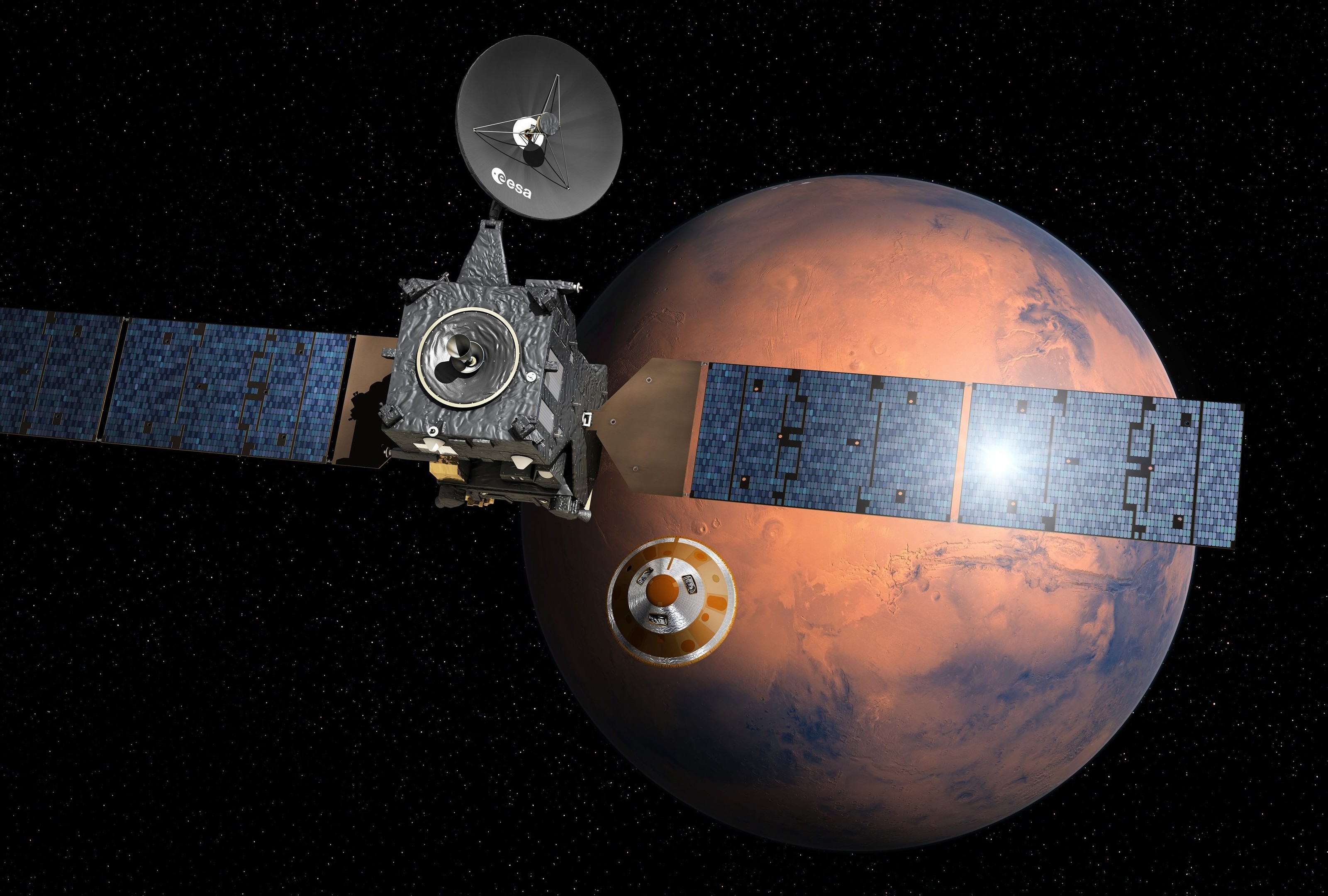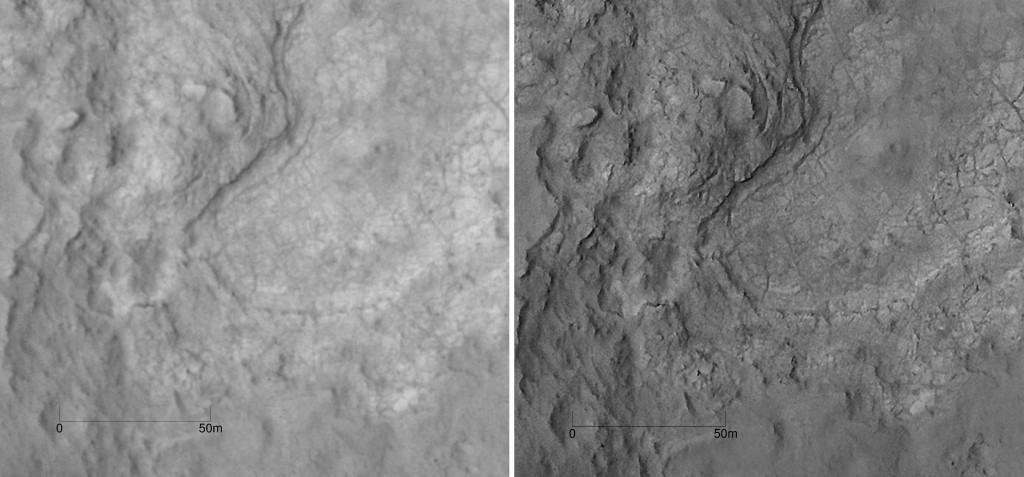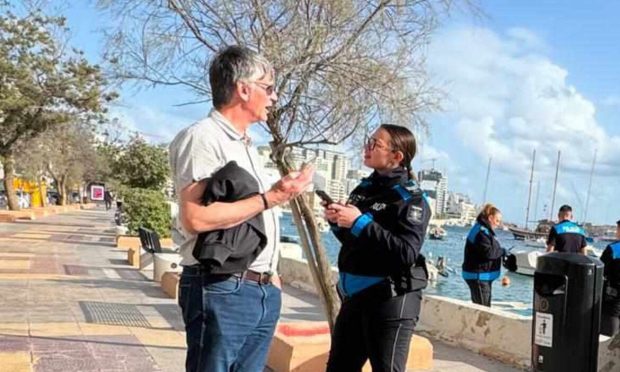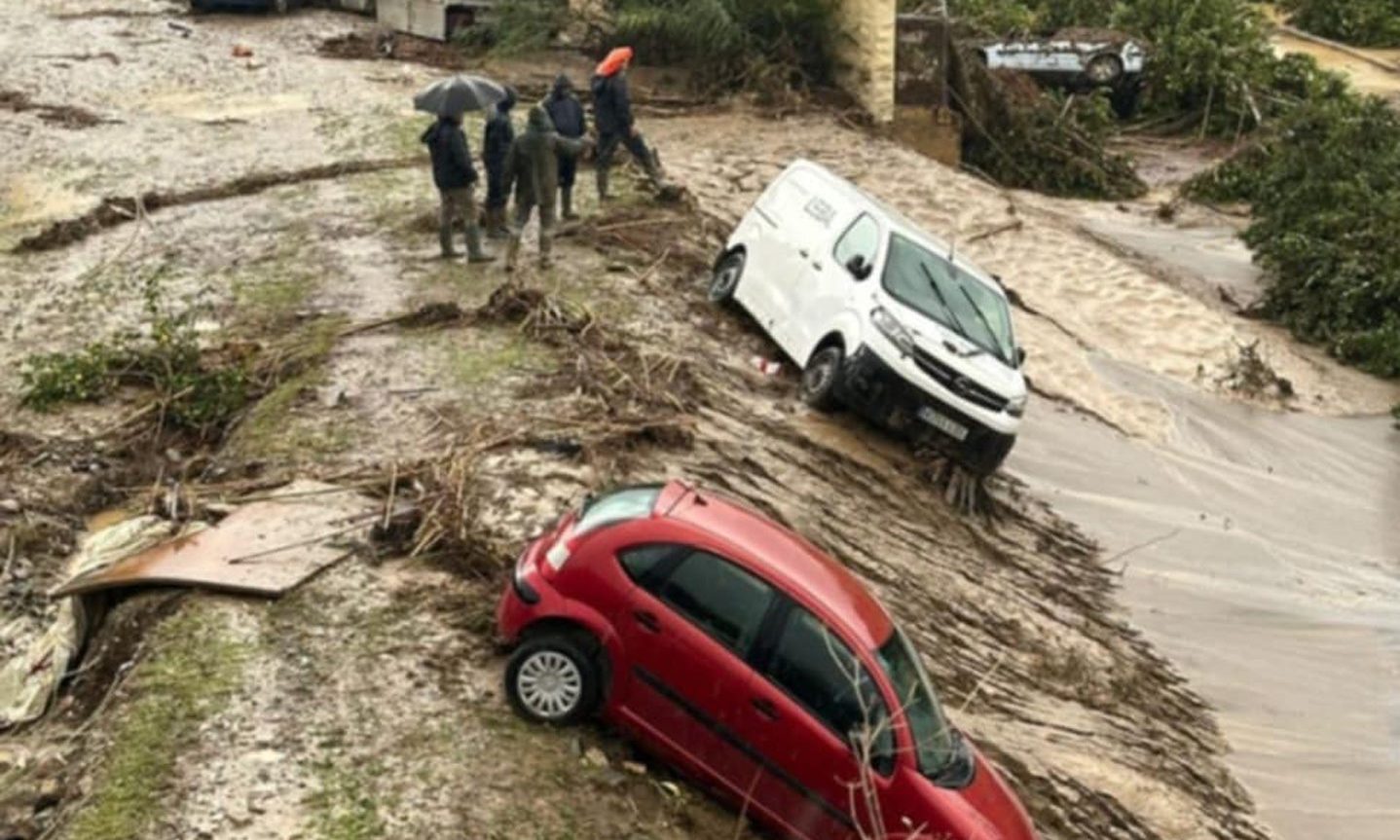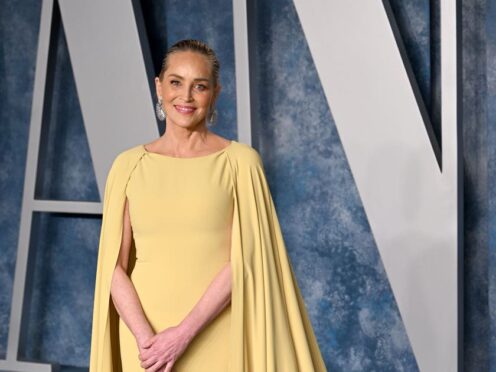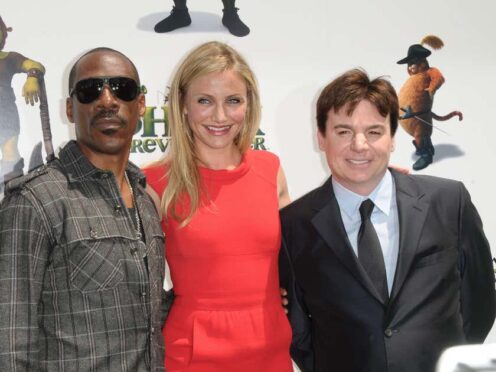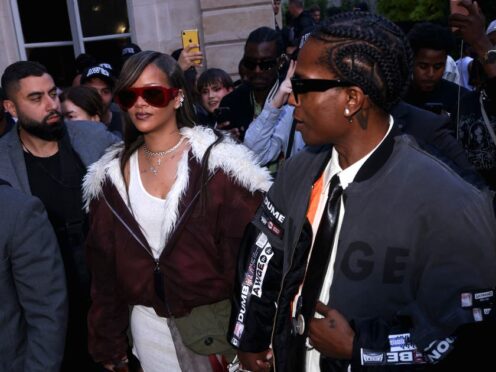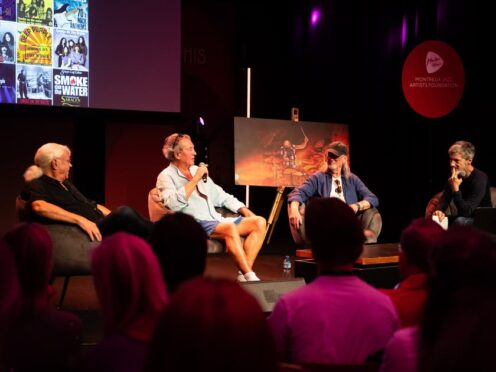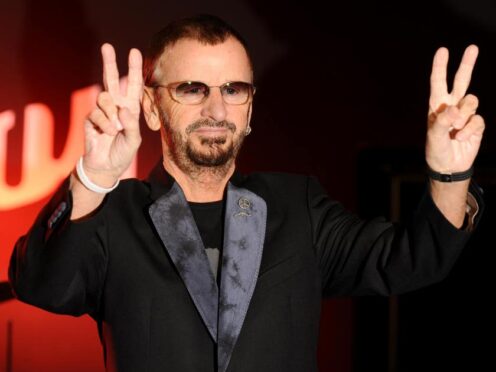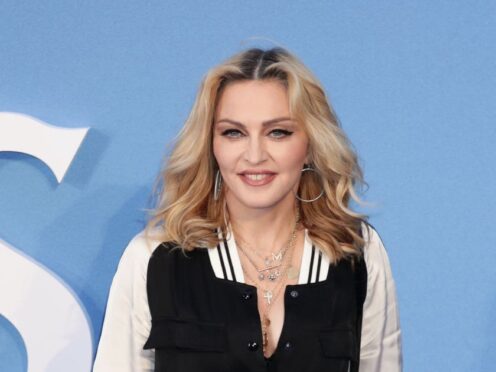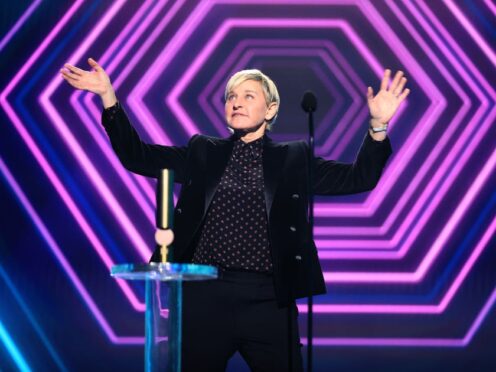The surface of Mars, including the landing site of Beagle 2, has been shown in unprecedented detail.
Using what they say is a revolutionary image stacking and matching technique, scientists at University College London have revealed drone-like pictures of the planet at a resolution up to five times greater than previously achieved.
They include images of the ill-fated Beagle 2 lander, the ancient lake beds discovered by Nasa’s Curiosity rover, Nasa’s Mer-A rover tracks and Home Plate’s rocks.
The team’s “super-resolution” zoomed-in image of the Beagle 2’s believed location, by Professor Mark Sims and colleagues at the University of Leicester, provides strong supporting evidence that this is the site of the lander.
Researchers stacked and matched images taken from orbit, to reveal objects at the higher resolution.
Although a paper describing the technique, called Super-Resolution Restoration (SRR), was published in Planetary and Space Science in February, it has only recently been used to focus on specific objects on Mars.
It could now be used to hunt for other artefacts from past failed landings, as well as identify safe landing areas for future rover missions.
The technique also means scientists will be able to explore more terrain than is possible with a single rover.
Co-author, Professor Jan-Peter Muller from the UCL Mullard Space Science Laboratory, said: “We now have the equivalent of drone-eye vision anywhere on the surface of Mars where there are enough clear repeat pictures.
“It allows us to see objects in much sharper focus from orbit than ever before and the picture quality is comparable to that obtained from landers.
“As more pictures are collected, we will see increasing evidence of the kind we have only seen from the three successful rover missions to date. This will be a game-changer and the start of a new era in planetary exploration.”
Even with the largest telescopes that can be launched into orbit, the level of detail that can be seen on the surface of planets is limited.
For cameras orbiting Earth and Mars, the resolution limit today is around 25cm (10in). But SRR allows objects as small as around 5cm (2in) to be seen from the same telescope.
The UCL team applied SRR to stacks of between four and eight 25cm images of the Martian surface taken using the Nasa HiRise camera to achieve the 5cm target resolution.
These included some of the latest HiRise images of the Beagle 2 landing area that were provided by Professor John Bridges from the University of Leicester.
Yu Tao, research associate at UCL and lead author of the paper said: “This technique has huge potential to improve our knowledge of a planet’s surface from multiple remotely-sensed images.”
He added that in the future it will be possible to recreate rover-scale images anywhere on the surface of Mars and other planets from repeat image stacks.
